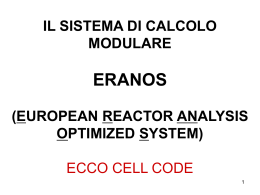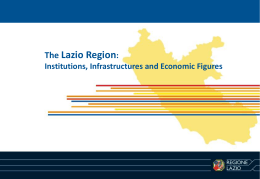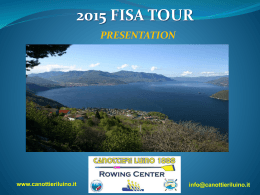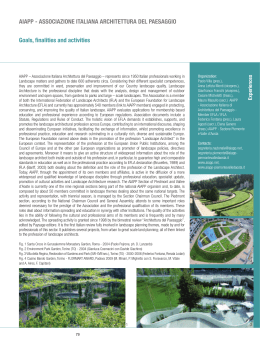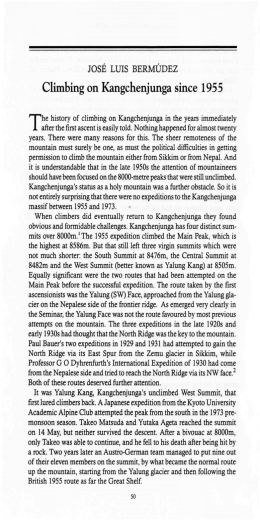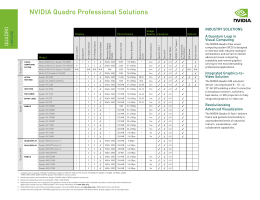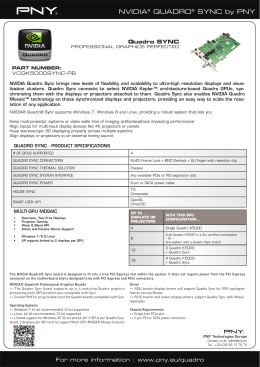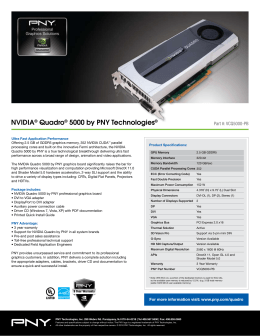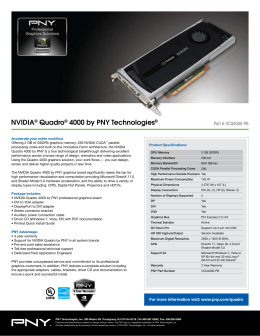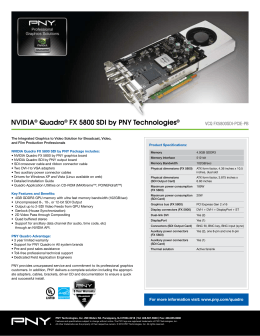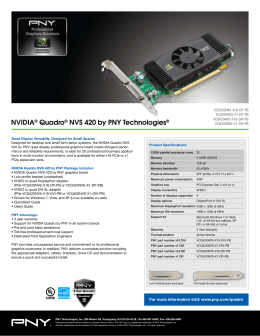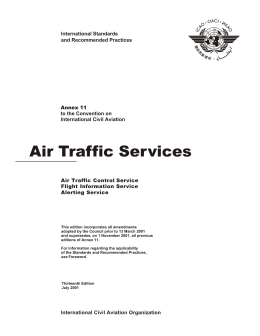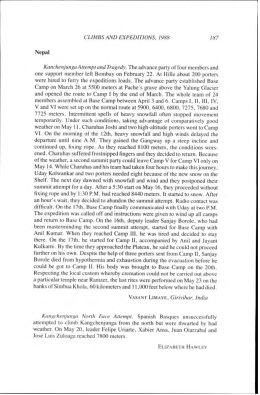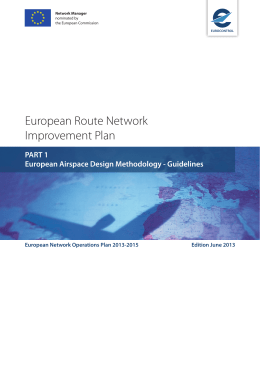CERTESS Study Visit n. 4 Partner 2 – Lazio Region BIC ICult Incubator, 18 September 2013 Via Francigena route (Northern section) Route Survey, Assessment & Improvement Guidelines Marco Antonini – Landscape Architect Foreword • The Via Francigena is not only a line in the landscape, but it is also a section from north to south of european landscape. • To regenerate what remains of the Via Francigena means to take care of landscape and infrastructures, in the most diversified forms: from major roads to paths. Regione Lazio activities In autumn 2008 “Sviluppo Lazio” Agency delivered to local municipalities a document commissioned by the Area Valorizzazione del Territorio e del Patrimonio Culturale of Regione Lazio. The Via Francigena Route was identified through historical evidences, but considering also the present situation, where the original path has been transformed in very dangerous motorways. Main aim of the work-team was to find an easy and safe pedestrian route, along smaller roads and paths. Total distance in Lazio region is approximately 170 Km, from Proceno to Rome. The document called “REGOLE QUADRO” (framework rules) contains: . a detailed analysis of the pilgrimage route and adjacent areas; . guidelines for the activities aiming at making safe and regenerating the route; . recommendations leading actions in charge of the municipalities. The municipalities crossed by the via Francigena are now implementing works on the route. Regione Lazio funds are the major financial sources. PROCENO ACQUAPENDENTE S. LORENZO NUOVO BOLSENA MONTEFIASCONE VITERBO CAPRAROLA RONCIGLIONE VETRALLA CAPRANICA NEPI SUTRI MONTEROSI CAMPAGNANO DI ROMA FORMELLO LA STORTA ROMA The “Regole Quadro” are subdivided in two parts: • analysis, divided in 324 “schede di caratterizzazione” (descriptive sheets”) that describe every single part of the route; • guidelines and recommendations for municipal activities, subdivided in 15 typical cases. A “correlation scheme” identifies the relationship between single parts of the path and typical cases. The three appendixes contain: - a sequence of 4836 photos, that describe all the route; - a series of 377 cross sections; - a series of 340 forecasts of the regeneration costs of every single part of the route. The last appendix has been used by regional offices for the correct distribution of funds. Example of a “scheda di caratterizzazione” in a rural area (descriptive sheet of a single part of the route) Example of a “scheda di tipo di percorso” Proposals Case study: Monterosi and Nepi THANK YOU FOR YOUR ATTENTION!
Scarica
